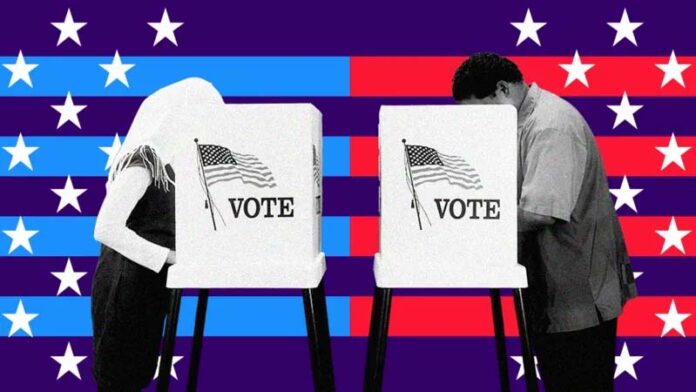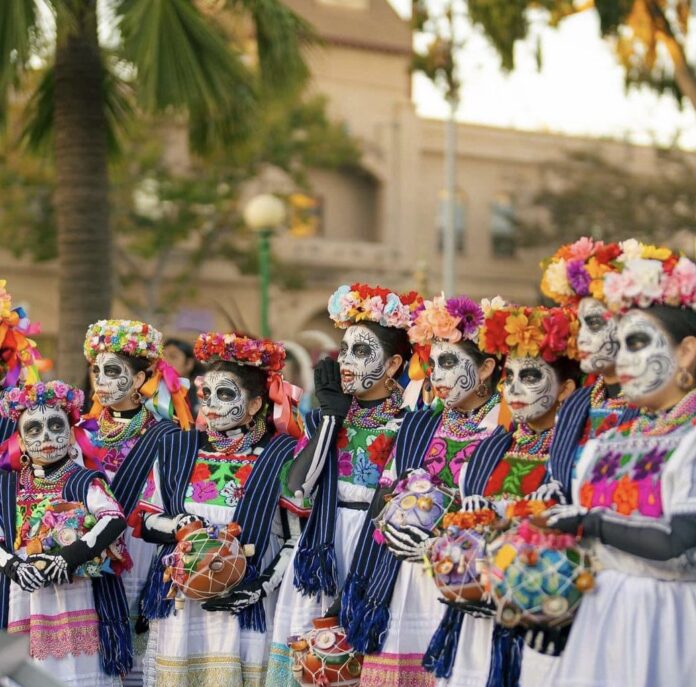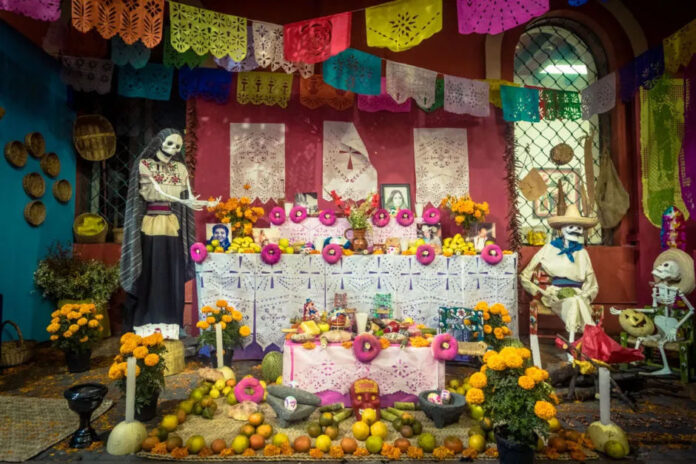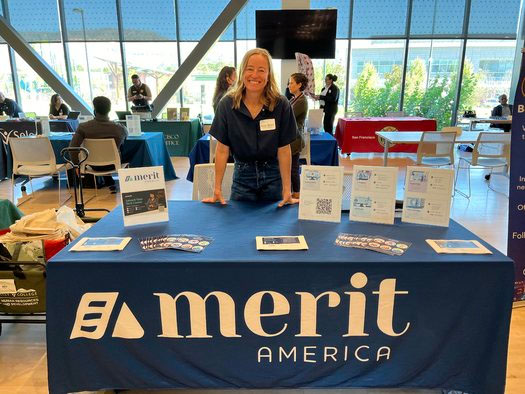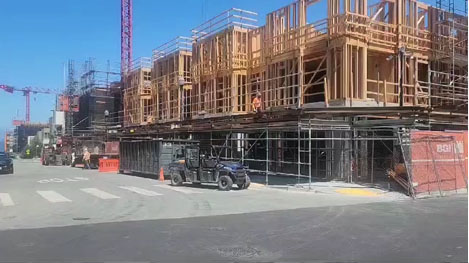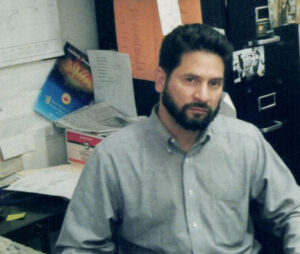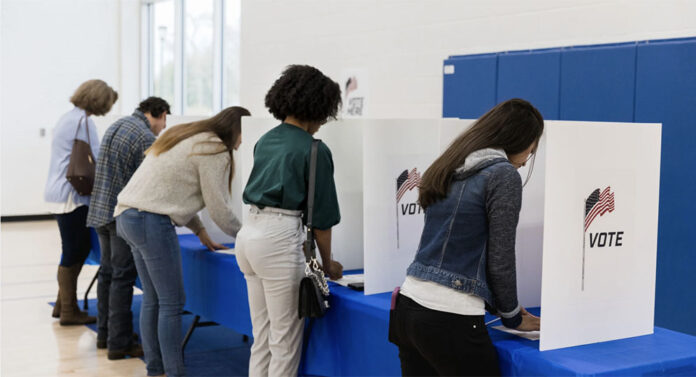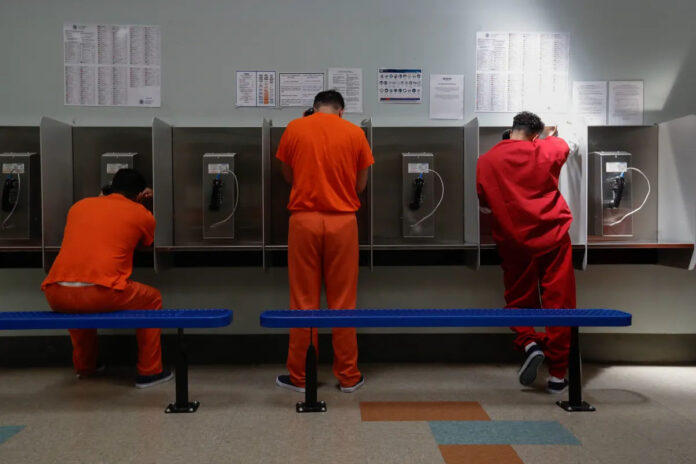With the presidential elections just three weeks away, voters and election officials nationwide are facing historically high threats to voting access. These threats include new state voting restrictions, misinformation, voter roll purges and political violence
by Selen Ozturk
Political violence
“You’d have to go back to the 1960s and 70s to see anything like the hotbed of political violence we’re in now,” said Dr. Robert Pape, political science professor at the University of Chicago, at a Friday, October 18 Ethnic Media Services briefing about voting access threats.
As director of the Chicago Project on Security and Threats (CPOST), Pape and his colleagues found that since 2001, the average number of Department of Justice-prosecuted threats increased five-fold to 19.5 under President Trump, and even higher to 21.6 under President Biden.
“Most of this violence revolves around support or criticism of Donald Trump, and mass support and publicity is nudging volatile would-be attackers to act out,” he explained. “Much of it is also motivated by the ‘Great Replacement’ theory that the country’s white population is being replaced by other ethnic groups.”
Recent political violence includes assassination plots and attempts against major political figures like Supreme Court Justice Brett Kavanaugh in May 2022, House Speaker Nancy Pelosi in October 2022, President Joe Biden in June 2023, former President Barack Obama in September 2023 and former President Trump in July and September 2024.
Alongside these are politically motivated mass shootings like the Pittsburgh synagogue shooting in September 2018; the El Paso, Texas Walmart shooting in August 2019; and the Buffalo, New York supermarket shooting in May 2022.
A September 2024 CPOST survey of over 2,200 demographically representative Americans found 5.8 percent saying political violence was justified to restore Trump to the presidency and 8 percent saying it was justified to prevent him from being president — amounting to 15 million and 21 million Americans on the national scale, respectively.
“If Trump loses, the violence could actually get worse,” said Pape. “A third of respondents already own guns … While Election Day itself is a danger point, it may get worse afterward because of state vote counting and certification schedules, especially in swing states where losing even 3 percent of ballots could throw the outcome into chaos.”
However, the CPOST survey also found that 84 percent of Democrats and 76 percent of Republicans — collectively amounting to 200 million Americans on the national scale — supported a bipartisan Congressional coalition against political violence.
“The political violence prevention strategy we’ve been seeing the most traction with is not to have our political leadership become therapists getting people to talk out their anger, but helping people redirect their anger away from violence and toward voting,” added Pape.
Voter suppression
“Voter suppression doesn’t involve states putting up giant signs that say you can’t vote. It involves less overt ways to make it just a little too hard for some people to get to the ballot box, like a death by 1,000 cuts,” said Andrew Garber, a voting rights and elections counsel at the Brennan Center for Justice.
These measures include laws that shorten deadlines for voter registration, early voting and mail ballot requests; laws that make it harder for organizations to help people register to vote; understaffing or closing polling centers; and limiting the ability of local election administrators to help voters use ballots.
Between 2020 and 2024, at least 30 states have passed an unprecedented 78 restrictive voting laws — nearly double the laws passed in the prior eight years.
The years between 2016 to 2020 saw 27 such laws, while 2013 to 2016 saw 17.
The most common type of voting restriction law in recent years involves mail voting.
“2020 saw an explosion of people voting by mail due to the pandemic, and these restrictions have particularly fallen on communities of color,” Garber explained. “In Georgia, for instance, previously, primarily white voters voted by mail. In 2020, that flipped toward voters of color … In January 2021, the Georgia legislature reconvened and, as one of its top priorities, passed a law that made it harder to vote by mail.”
“To justify these restrictions, the claim legislators make over and over is that our elections have widespread fraud — and that’s untrue,” he added.
A 2016 Brennan Center survey of 44 election administrators overseeing 23.5 million votes across 42 states saw 30 incidents of suspected noncitizen voting, or .0001 percent of all votes.
“The U.S. has some of the most secure elections in the world. It’s not the actual infrastructure apparatus. It’s more about people’s ability to access it,” said Celina Stewart, CEO of the League of Women Voters (LWV).
Ensuring voter access
What can voters do?
“First and foremost, register to vote,” continued Stewart. “With voter roll purges, it’s important to update and check your registration, especially if you move or change your name … To get around potential long wait times on Election Day, learn about early and mail in-voting opportunities in your state.”
Local polling locations, voter registration, mail-in and early voting resources, candidate information, campaign finance information and ballot guides are available in English and Spanish through the LWV hub VOTE411.
LWV chapters also hold question-and-answer forums with local candidates in jurisdictions nationwide.
“Nothing is better than being able to hear directly from a candidate answering your questions about the issues you care about,” said Stewart. “When we vote for our leaders, we’re choosing the people who will make decisions that impact how we engage in the world day-to-day, whether that’s health care, jobs or climate change — like the impact of the recent hurricane in the South.”
Fighting voter restrictions in Arizona
“Arizona has the most extreme requirements in the country for providing proof of citizenship when registering to vote in state and local elections,” said May Tiwamangkala, advocacy director at Arizona Asian American Native Hawaiian and Pacific Islander for Equity (AZ AANHPI), the only AAPI civic engagement organization in the state.
“They passed this requirement back in 2004. This year, the fact that registrants who registered before 2004 did not provide citizenship led to 98,000 people being taken off the voter roll,” she continued.
Of these people, one was found to be a non-citizen — 0.00001 percent of the 98,000 — and they had never voted.
“The ‘non-citizens voting’ rhetoric is a scare tactic that certain elected officials and media outlets use to divide our state … and this election year, the rampant anti-immigrant narrative is making it easier for lawmakers to pass laws that target immigrant communities,” said Tiwamangkala.
AZ AANHPI is currently involved in a lawsuit against the state of Arizona for two voter restriction laws passed in 2022, HB 2492 and HB 2242.
One law “adds more requirements for providing proof of citizenship in order to register to vote,” she explained, and the other “gives county recorders the right to suspect voters of being a non-citizen and purge voter rolls … If additional proof of citizenship is not provided within 35 days after a notice to give documentation, it may also lead to criminal investigations.”
“We’re an extremely polarized culture, especially since we’re a border state, and people are hesitant to get political because they don’t want to break personal relationships. Voter apathy is growing here because people are struggling with inflating living costs, and they feel that the government isn’t helping,” Tiwamangkala said.
“We’re constantly on the defense against harmful bills like these that impact citizens, rather than advancing bills that actually address the issues we face,” she added.

